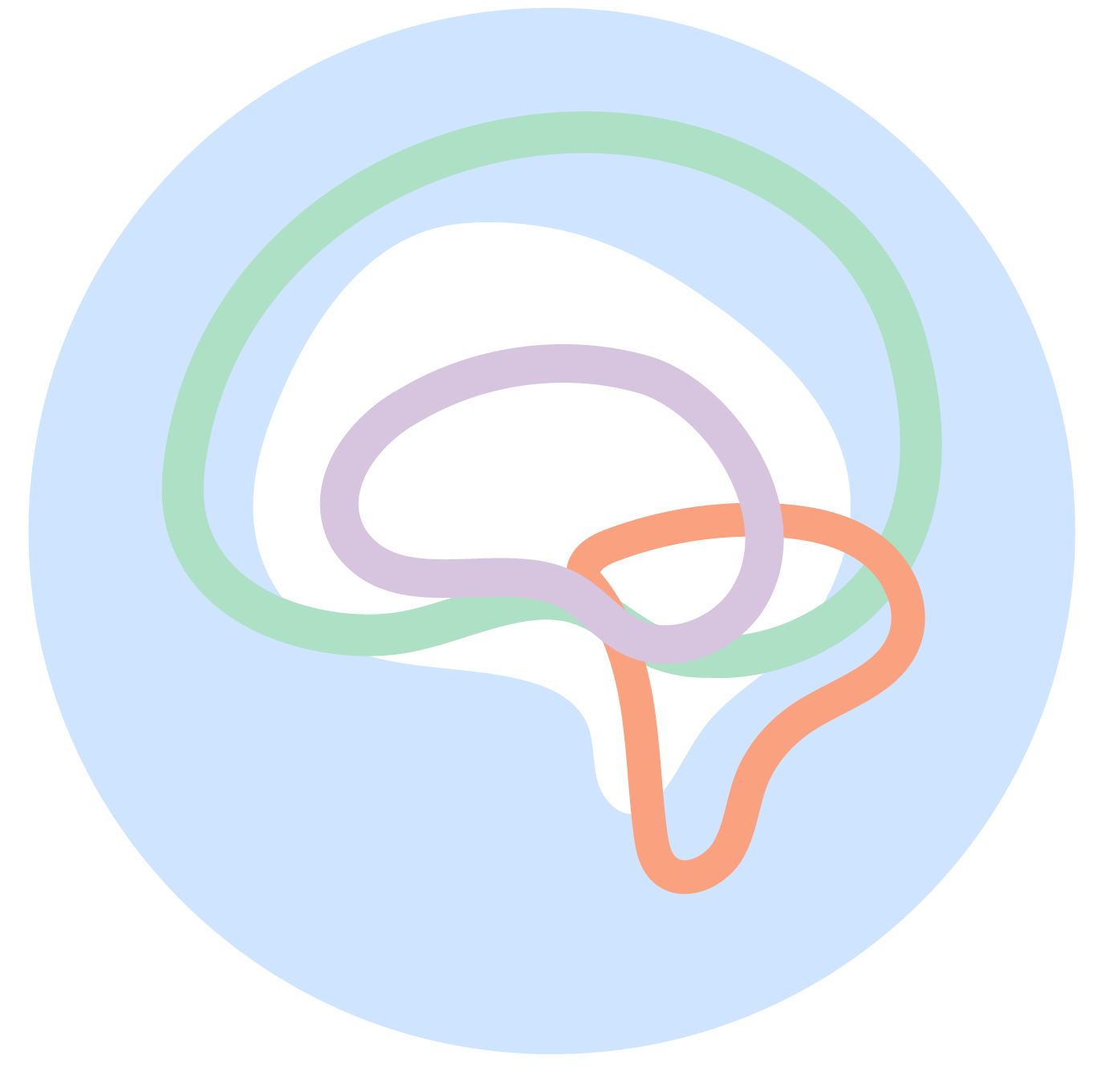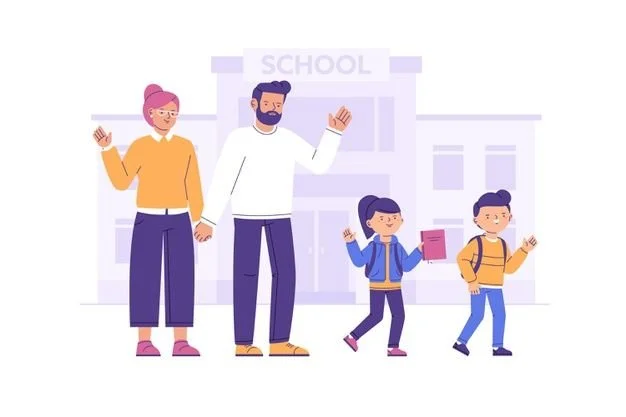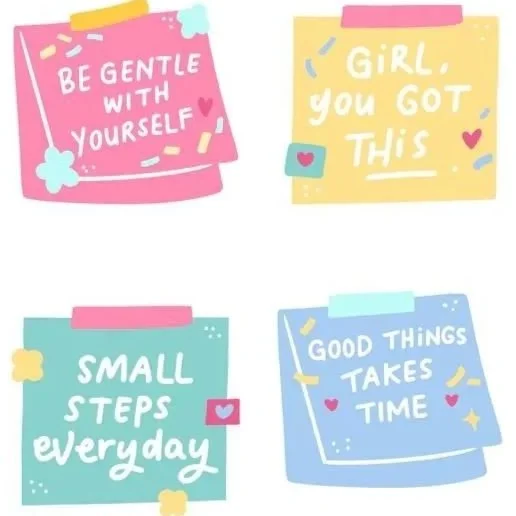Activities for Parents to Support Their Child’s Emotional Transition
Change is hard. The transition from summer to back-to-school can be an upsetting, confusing, and emotionally challenging experience for some kids. As a parent, it’s important to find ways to support your child during this transitional period that will help them both inside and outside of the classroom.
One of the most important things to do for back-to-school is to establish a routine. Children thrive off of routine; psychologists state that research has shown that structured routines alleviate stress and anxiety as they provide a sense of safety, comfortability, and predictability. Communicating openly about how these new routines make them feel equips kids with skills that prompt emotional expression and regulation.
Preparing for back-to-school and establishing these new routines can be fun, creative activities that involve art expression and prompt emotional regulation.
Let’s take a look at some activities to help support your child’s emotional transition.
1. Positive Self-Talk Cards: Take time with your kid to create some positive self-talk cards with some positive phrases like, “You can do this!”, or “You are trying your best!” You can also write down some words of traits that you admire about your child. Decorate these cards by drawing their favorite things or adding some stickers! Encourage them to look at these cards when they need some extra motivation.
2. Create Designated Spaces: Starting a new routine can be overwhelming. Creating spaces where kids can wind down, read, or do homework are ways to help self-regulate and maintain a routine. Having a “Homework Station” or a “Calm Down Corner” gives kids their own areas that are meaningful and purposeful. Have your kid create some artwork to decorate and personalize their new space!
3. Create a Feelings Chart: Create a chart with different emotions (happy, sad, scared, excited, etc.) and have your child point to what emotion they’re feeling each day. To make it more interactive, you can create a chart that has the days of the month and assign colored stickers to an emotion. When needed, have your child place their chosen sticker on the day. This allows your child to use fun stickers, identify what feelings they have, and for parents to identify any patterns.
4. Morning Routine Poster: Transitioning from a summer to school routine is hard. Create a Morning Routine or Get Ready Poster with your kid. On it, you can draw, paint, get magazine image cut-outs, or write down the things you want them to complete independently in the morning (get dressed, brush teeth, etc.). Have them decorate the poster to their liking and hang it up somewhere they can see easily.
5. Discuss Coping Skills: Establishing coping skills with your kid is beneficial both in and outside the classroom. Try asking your kid, “What are some things that make you feel better?”, or “What are some ways to handle change?” If your kid feels stuck, you can try suggesting taking deep breaths, talking to a friend, or thinking about what positives could happen. One way to make this more interactive is to have your kid journal or write down how certain changes in their lives have made them feel. You can also have them paint or draw what feelings/emotions they are feeling.
Back-to-School can seem like an overwhelming time for both kids and parents alike, but with the right support it can be a time of excitement and growth. Establishing and maintaining routines, fostering open communication, and navigating coping skills are all ways to help ensure a successful start to the school year. It’s important to remain patient with your kids as well as yourself, as this transitional period can bring about new or more intense emotions for your kids. Involving kids in these activities not only allows them to express themselves creatively, but allows them to know that change can be an exciting fun thing!




